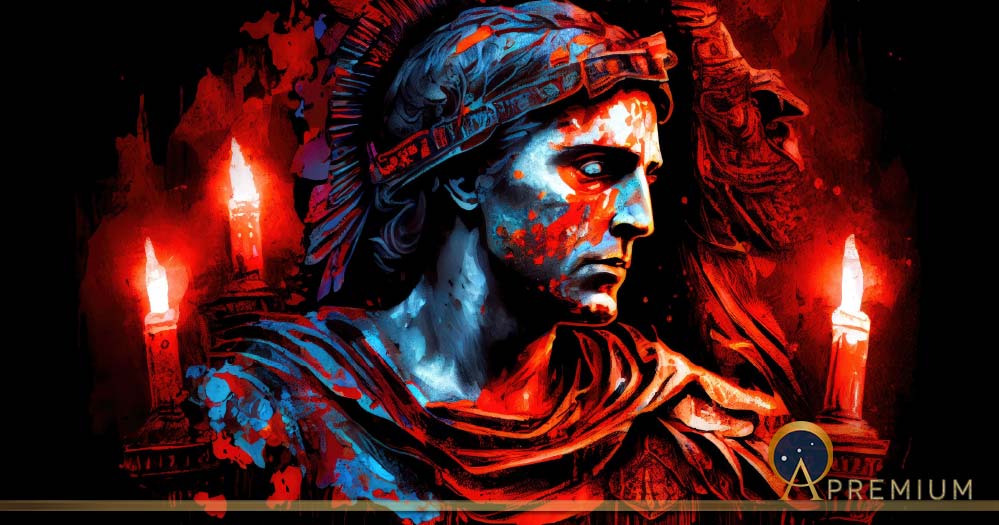Military Anarchy Period Of The Roman Empire: Descent Into Hades 235-250 AD
Most experts today recognize that the period of the Antonine Imperial Dynasty, which lasted from 96 to 192 AD, corresponded to the zenith of the Roman Empire. Yet, just over 40 years later, the Roman state which had diligently ruled most of Europe, North Africa and the Middle East for three centuries descended into a period of general disorder which threatened its existence. During this period of around 50 years, designated by modern historians as the era of military anarchy of the third century, 20 generals unconventionally designated as Emperors, fought and succeeded each other in rapid succession. To add to the pandemonium, an equivalent number of pretenders also took arms in attempting to grasp the purple cloak. Understandably, very few of these men died of natural causes.

Emperor Marcus Aurelius, last of the Five Good emperors of the Nerva-Antonine line ( Matthew/ Adobe Stock)
The End of the Principate
During the reigns of the Antonine Emperors, at the heart of the Pax Romana, the social and financial equilibrium of the State was at full maturity. The cultural influence of the Roman world was perceived as far as India. It was under the Antonines that the Empire reached the greatest geographic extent in its history. By the same token, the ‘natural’ physical limits of the Empire had been reached, since any additional territorial expansion would have made the Empire difficult to govern and almost impossible to defend with the ‘technical’ means and resources of the time. The reign of the last Antonine, Commodus, concluded an era in the history of the Empire. The social and financial balance maintained for more than two centuries began to show signs of strain. The considerable weakening of the aristocracy and of the authority of the Senate prompted the degradation of the Principate system inaugurated by Augustus and signaled the prelude to a military monarchy that eventually erased all pretense of civil authority from the Empire.
During the reigns of the Severan Emperors which followed, the economic situation of the Empire remained strong, but it witnessed the appearance of new taxes and the disappearance of important exemptions reserved for the aristocracy. The currency began to lose its value and its circulation decreased. The scarcity of precious metals and the decline in trade, caused by the impoverishment of the aristocracy, were undoubtedly among the initial causes.
Like this Preview and want to read on? You can! JOIN US THERE ( with easy, instant access ) and see what you’re missing!! All Premium articles are available in full, with immediate access.
For the price of a cup of coffee, you get this and all the other great benefits at Ancient Origins Premium. And - each time you support AO Premium, you support independent thought and writing.
Mario Bartolini has a master’s degree in political history from the Université de Sherbrooke, Canada, and a second master’s degree in war studies, obtained at the Royal Military College of Canada. He is the author of Roman Emperors: A Guide to the Men Who Ruled the Empire
Top Image: Roman Emperor (CEVmemories/ Adobe Stock)
By: Mario Bartolini
















